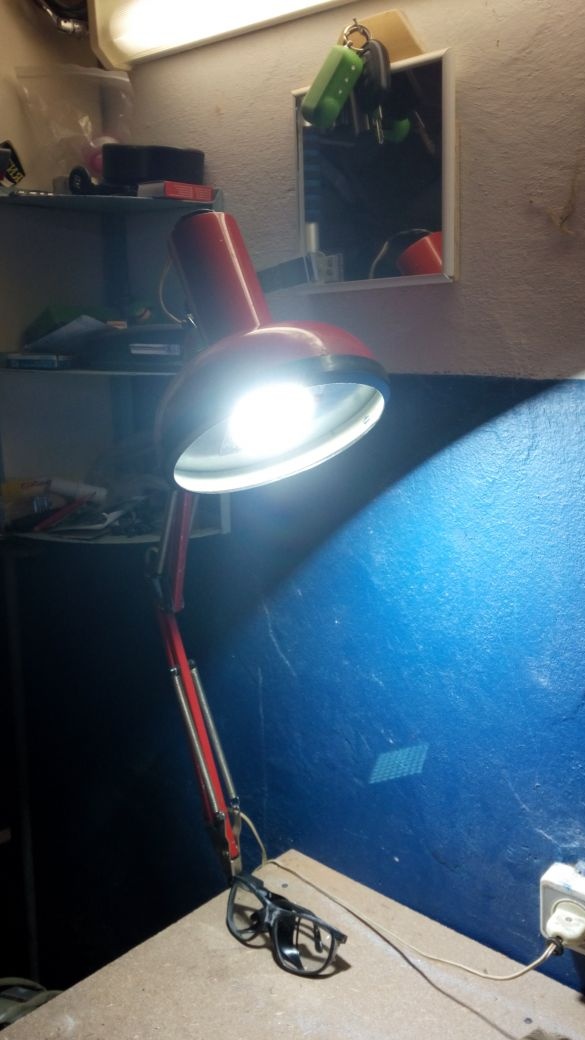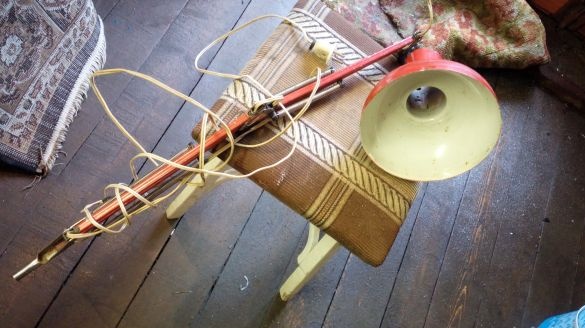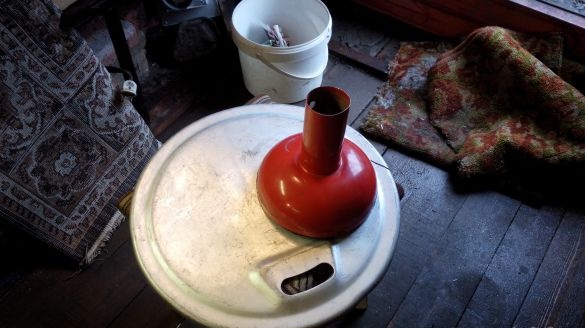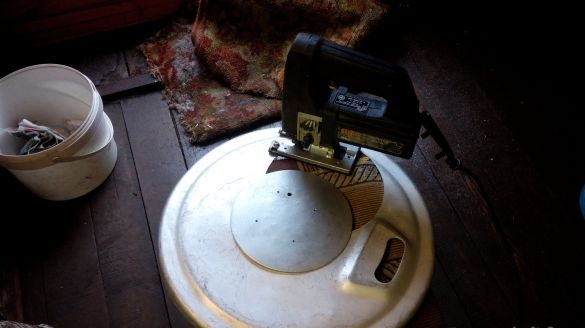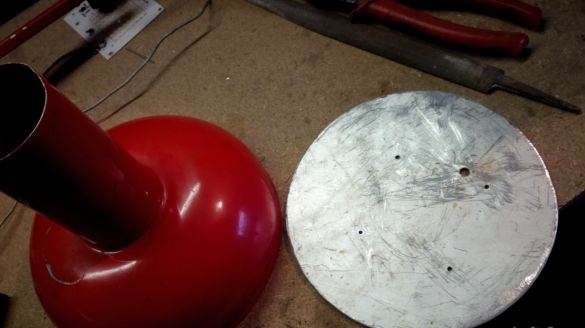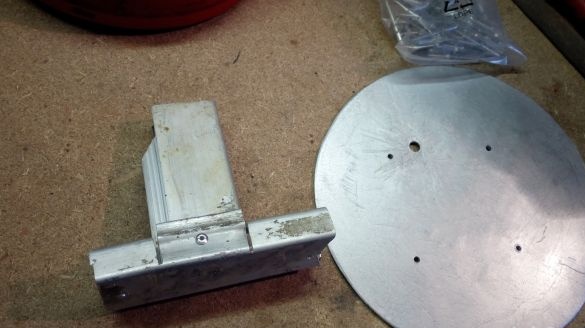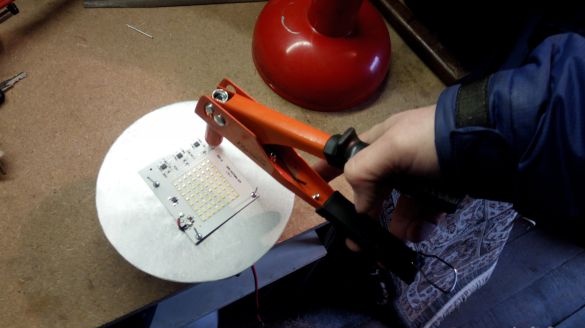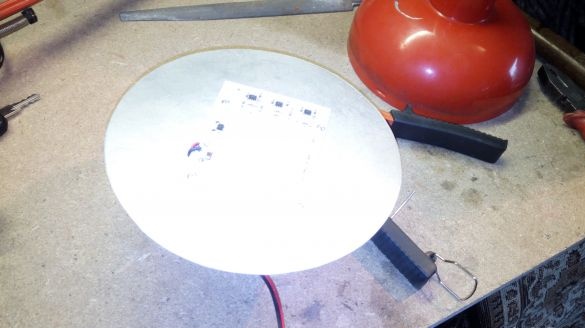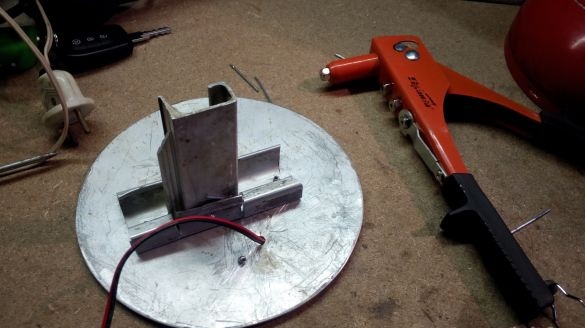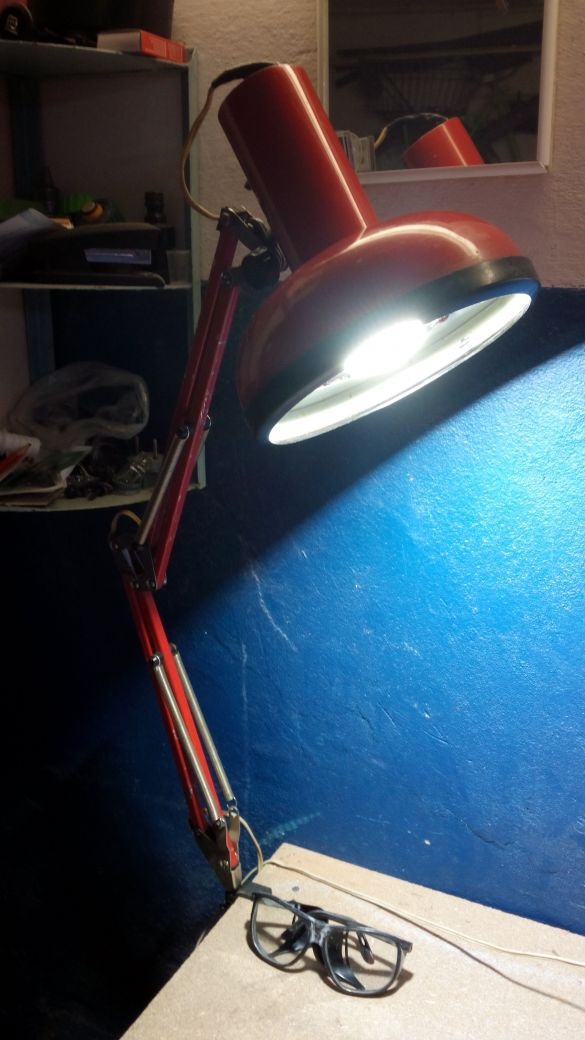We remodel a table lamp with an incandescent lamp on a 30-watt LED matrix.
Material:
LED matrix
Aluminum sheet, profile
Rivets
Tool:
Electric jigsaw
Electric drill
Riveter
Saw a circle with a jigsaw equal to the diameter of the lamp. I found an aluminum cover from an old washing machine.
We saw off two sections from the profile and fasten them with rivets to fit inside the ceiling.
We try on the matrix in the center and drill holes for riveting.
Riveting
We rivet the profile from the inside for better heat dissipation.
We insert the structure into the ceiling, connect the wires and fix the lamp.
All is ready. Thank you all for watching.


